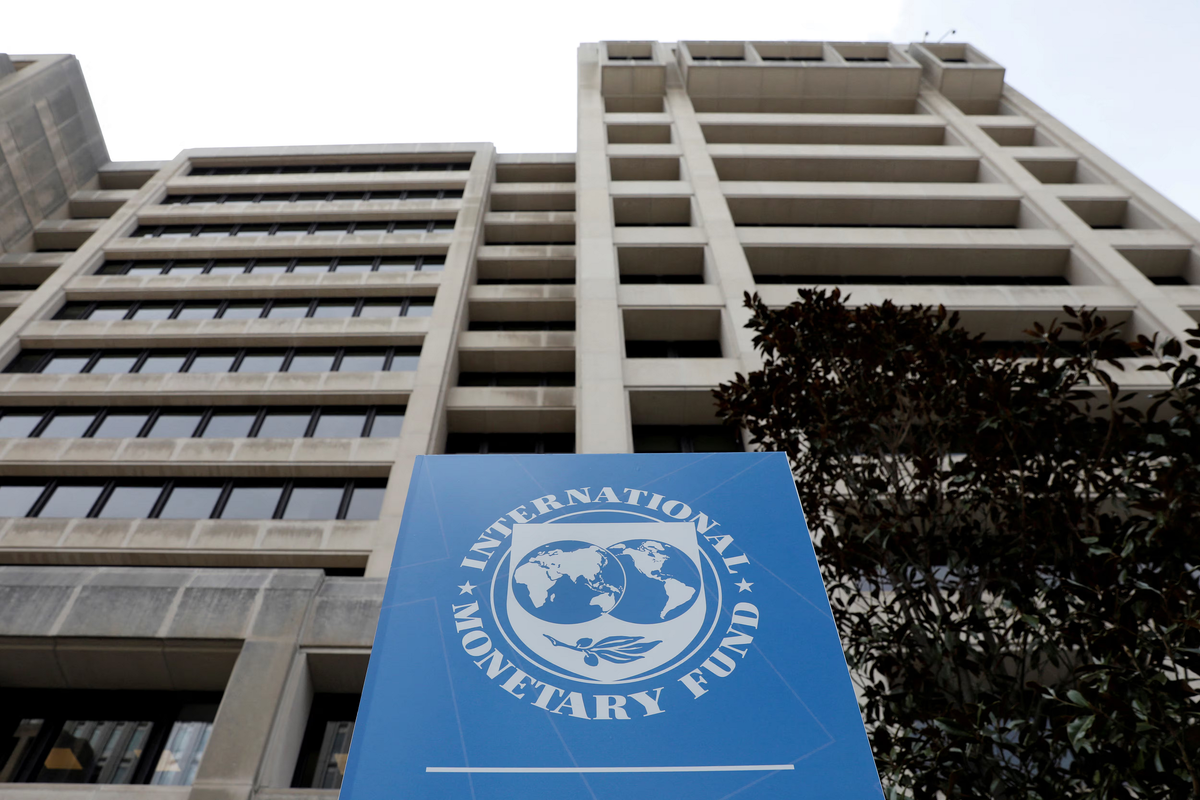IMF flags major risks to Pakistan’s economy
IMF report highlights external risks like rising commodity prices, tighter global finances, weaker remittances, and possible trade barriers -- all threatening external stability

Haris Zamir
Business Editor
Experience of almost 33 years where started the journey of financial journalism from Business Recorder in 1992. From 2006 onwards attached with Television Media worked at Sun Tv, Dawn Tv, Geo Tv and Dunya Tv. During the period also worked as a stringer for Bloomberg for seven years and Dow Jones for five years. Also wrote articles for several highly acclaimed periodicals like the Newsline, Pakistan Gulf Economist and Money Matters (The News publications)

The International Monetary Fund (IMF), in a country report released Saturday, warned that Pakistan faces significant uncertainties due to recent tariff measures, with risks skewed to the downside.
The report highlights external threats such as rising commodity prices driven by geopolitical tensions, tightening global financial conditions, weakening remittances, and potential trade barriers from key partners -- all of which could undermine external stability.
The IMF also flagged domestic vulnerabilities, including policy slippages amid pressures to offer tax breaks and subsidies to vested interests. Moreover, escalating political or social unrest could disrupt reform efforts, while Pakistan’s high vulnerability to natural disasters poses serious climate-related risks.
The Pakistani government, in its contribution to the report, acknowledged that global uncertainties and geopolitical tensions may raise external vulnerabilities through higher prices and tighter financial markets. Weather-related shocks could further strain public finances and external balances. In light of these risks, the government emphasized the need for consistent policy and reform implementation to preserve economic recovery, ensure debt and external sustainability, and maintain the confidence of external financiers.
GDP and inflation
The IMF has revised Pakistan’s GDP growth for FY25 down to 2.6%, citing weaker-than-expected performance in the first half and ongoing global uncertainty. However, recent monetary easing is expected to support a pick-up in the second half of the fiscal year and beyond.
Inflation projections for the current fiscal year have also been revised downward, but the IMF expects a temporary rise in the coming months due to adverse base effects. A sustainable return to the inflation target range of 5–7% is anticipated in FY26, provided tight policy is maintained.
Balance of payments
The current account deficit (CAD) for FY25 is now projected at just $0.2 billion (0.1% of GDP), aided by stronger exports and an improved remittance outlook. The IMF attributes the rebound in remittances to enhanced macroeconomic and exchange rate stability, which has redirected inflows to formal channels.
Over the medium term, the CAD is expected to widen moderately to about 1% of GDP as imports recover. Gross international reserves are projected to rise, supported by multilateral and bilateral financing commitments, along with expected disbursements of $1.3 billion under the Resilience and Sustainability Facility (RSF). Access to commercial financing will remain constrained, with a modest Panda bond issuance projected for FY26 and a gradual return to Eurobond and Sukuk markets in FY27 as policy credibility improves.
Fiscal and public debt
The FY25 primary deficit target remains achievable, although a downward revision in nominal GDP has led to lower projected tax revenues. The government plans to offset this shortfall with expenditure savings to meet the Extended Fund Facility (EFF) primary balance target. Continued efforts to improve revenue collection and rationalize spending are expected to support fiscal goals in FY26 and beyond.
While public debt remains sustainable in the medium term, the IMF notes that near-term sovereign stress risks remain elevated due to Pakistan’s large gross financing needs and past difficulties in securing external funding. Nonetheless, fiscal consolidation and progress in lengthening domestic debt maturities are helping stabilize the outlook.










Comments
See what people are discussing